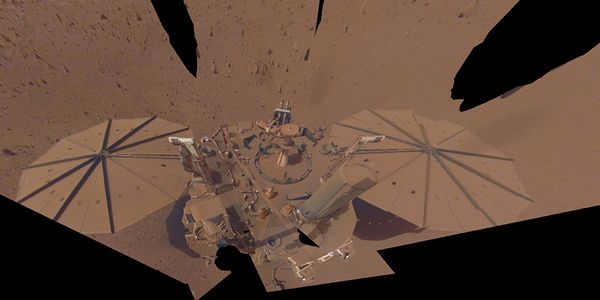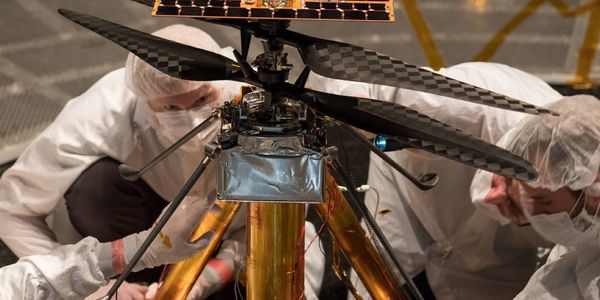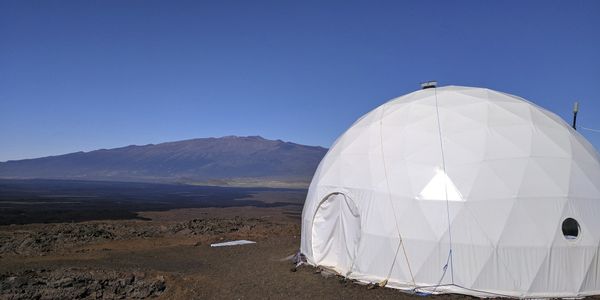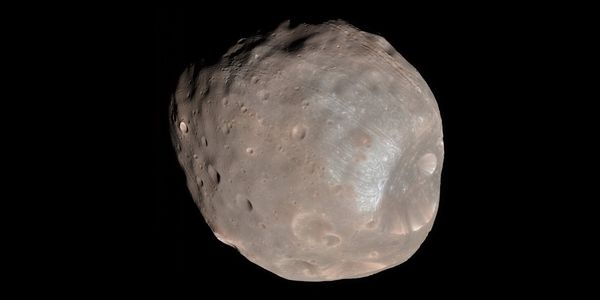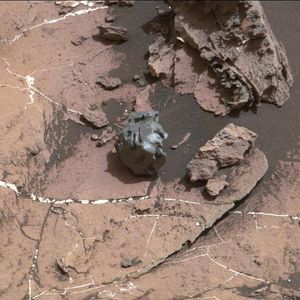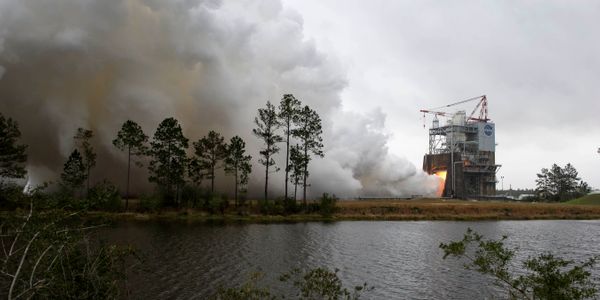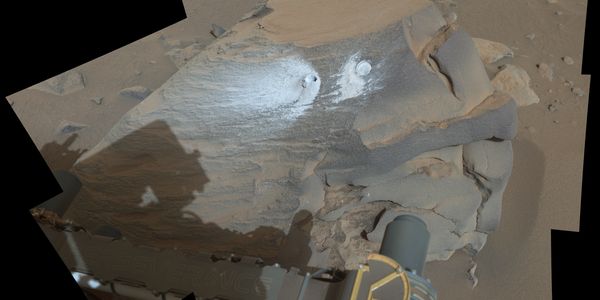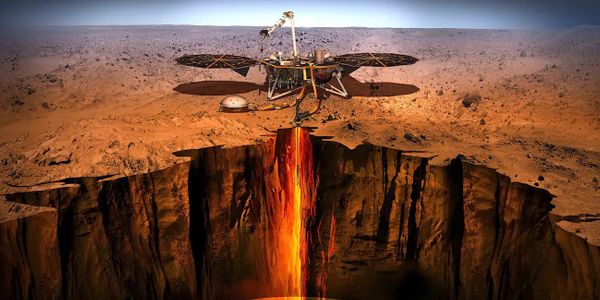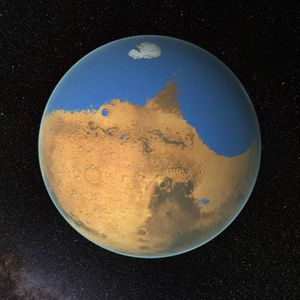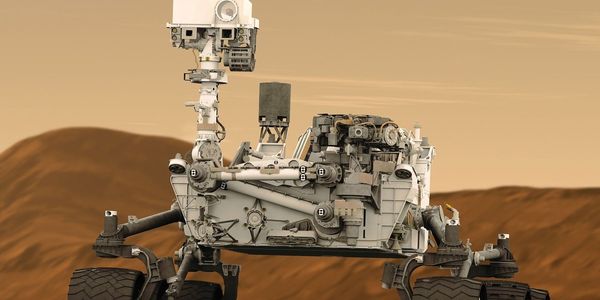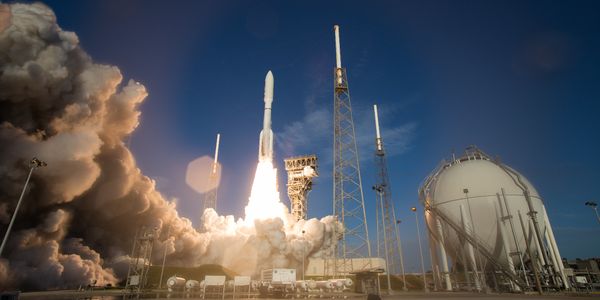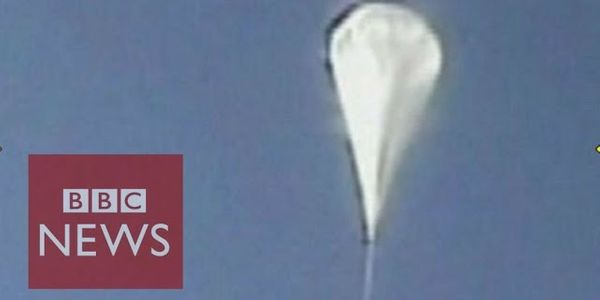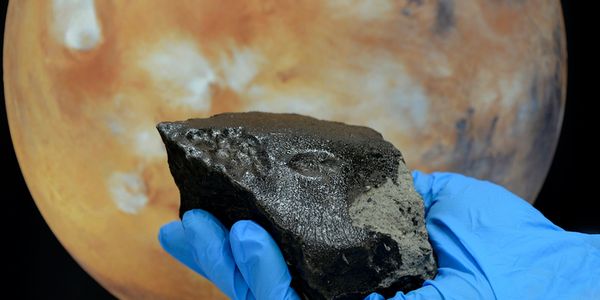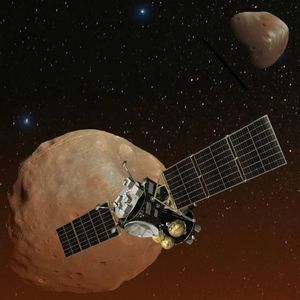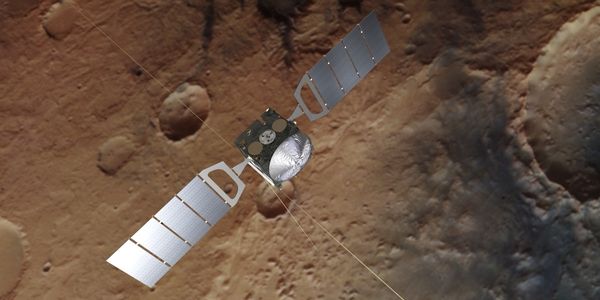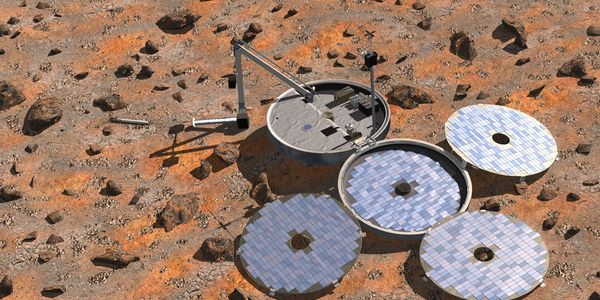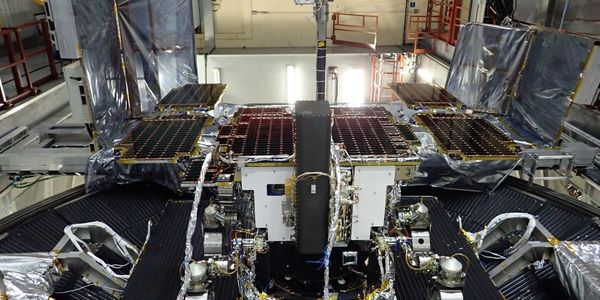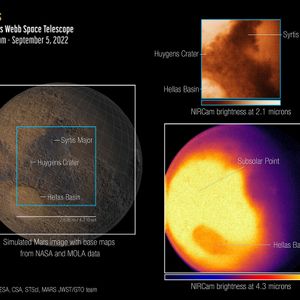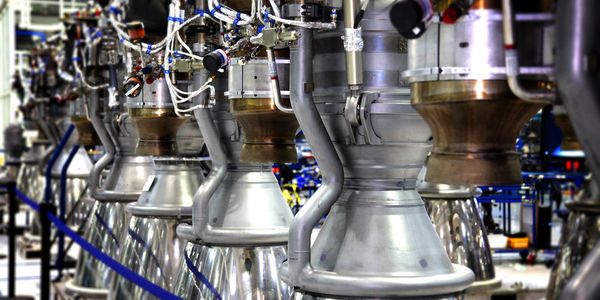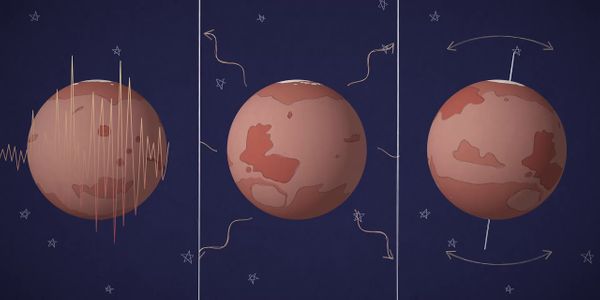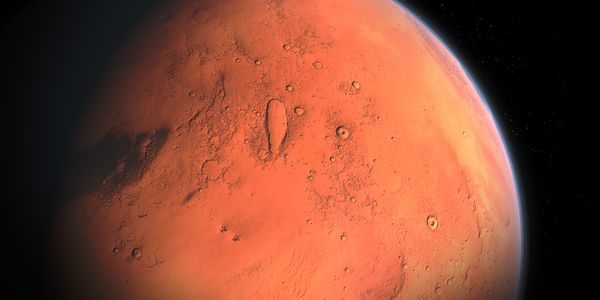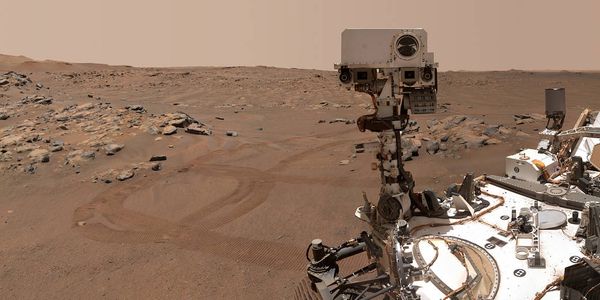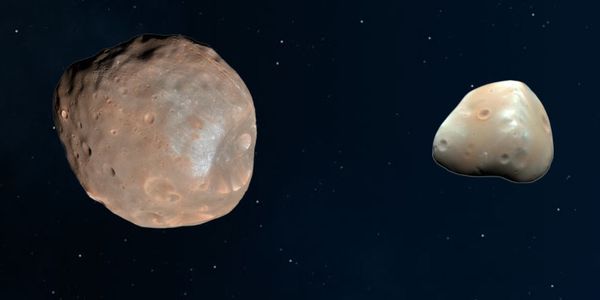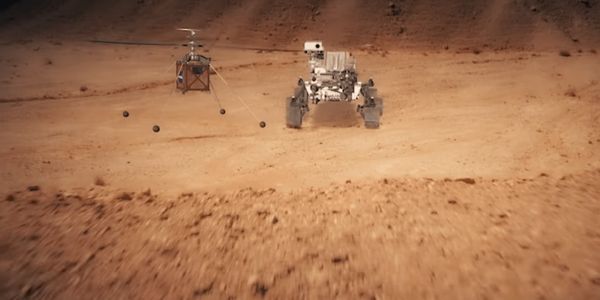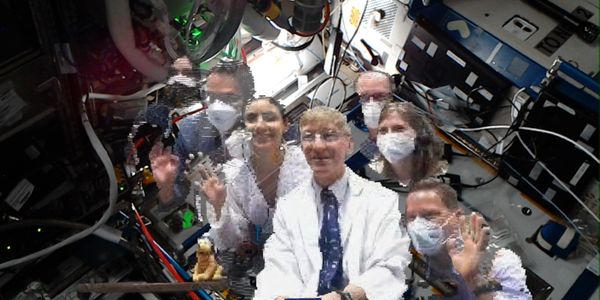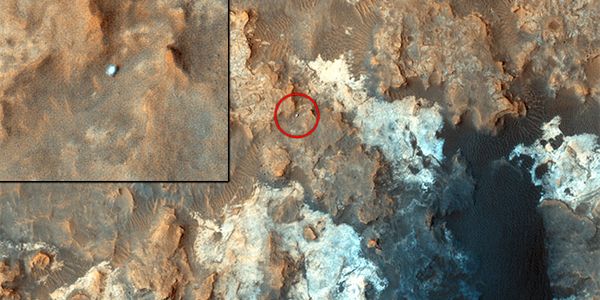Showing 6253 Results
SEARCH
Webinars
(17)
Virtual Events
(15)
Trending News
(768)
Content Tags
(3)
Users
(5423)
Scientific Products
(27)
-
NASA’s upcoming InSight mission will be the first of any to go to Mars to investigate the deep subsurface of the red planet. The goal is to learn mor
AUG 09, 2023
Space & Astronomy
While the batteries on NASA’s InSight lander officially ran out of juice in December 2022, scientists are still pouring over the droves of radio scie
APR 01, 2019
Space & Astronomy
When NASA’s Mars 2020 rover finally makes it to Mars, it’ll be tasked with more than just moving around on the red planet’s surface like
SEP 18, 2017
Space & Astronomy
With only a few decades to come before NASA wants to start putting humankind on Mars to study it in person, the space agency is doing everything it can to
JUN 10, 2019
Space & Astronomy
Mars has two natural satellites: Deimos and Phobos; the latter orbits Mars closer than any other moon orbiting the other planets in the solar syste
JAN 31, 2018
Videos
Sending astronauts to visit the Martian surface is a big deal, and we need to make sure we're prepared before moving forward with such an imm
NASA’s Curiosity rover rolls about the red planet’s surface always looking for things out of the ordinary that might be of interest to NASA. It
MAR 14, 2016
Space & Astronomy
NASA bench-tested their new deep space travel rocket engine last week, an RS-25 engine, which would be perfect for future missions that might transport hum
APR 04, 2024
Space & Astronomy
Did Mars once contain life, or even the building block for life? This is what NASA’s Perseverance (Percy) rover has been trying to determine ever sin
MAY 06, 2022
Space & Astronomy
On November 26, 2018, NASA’s InSight Mars Lander touched down on the Red Planet with the purpose of studying the interior of Mars to learn more about
In a recent study published in the Journal of Geophysical Research: Planets, a pair of researchers examined topographic maps via Mars orbital images to

